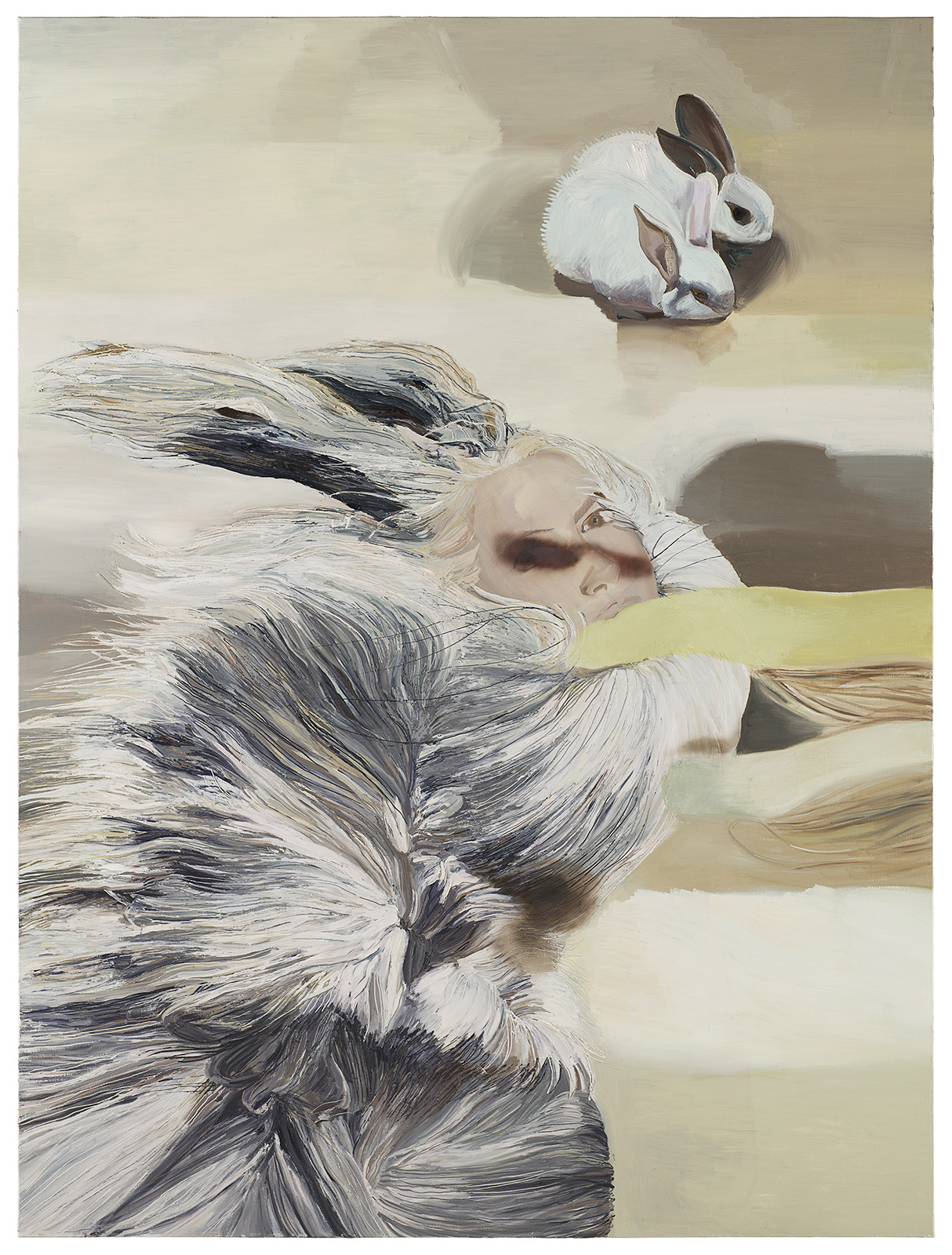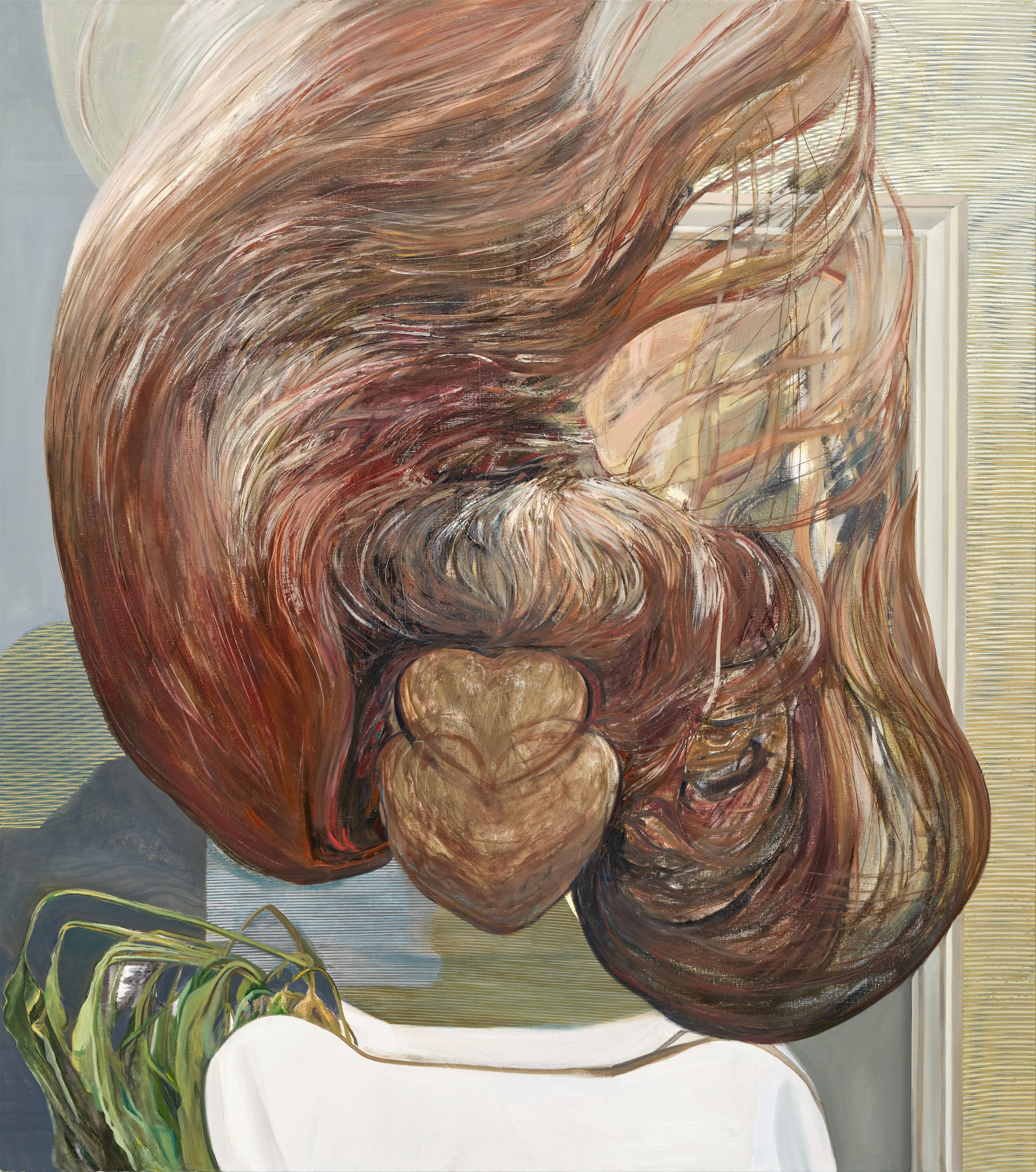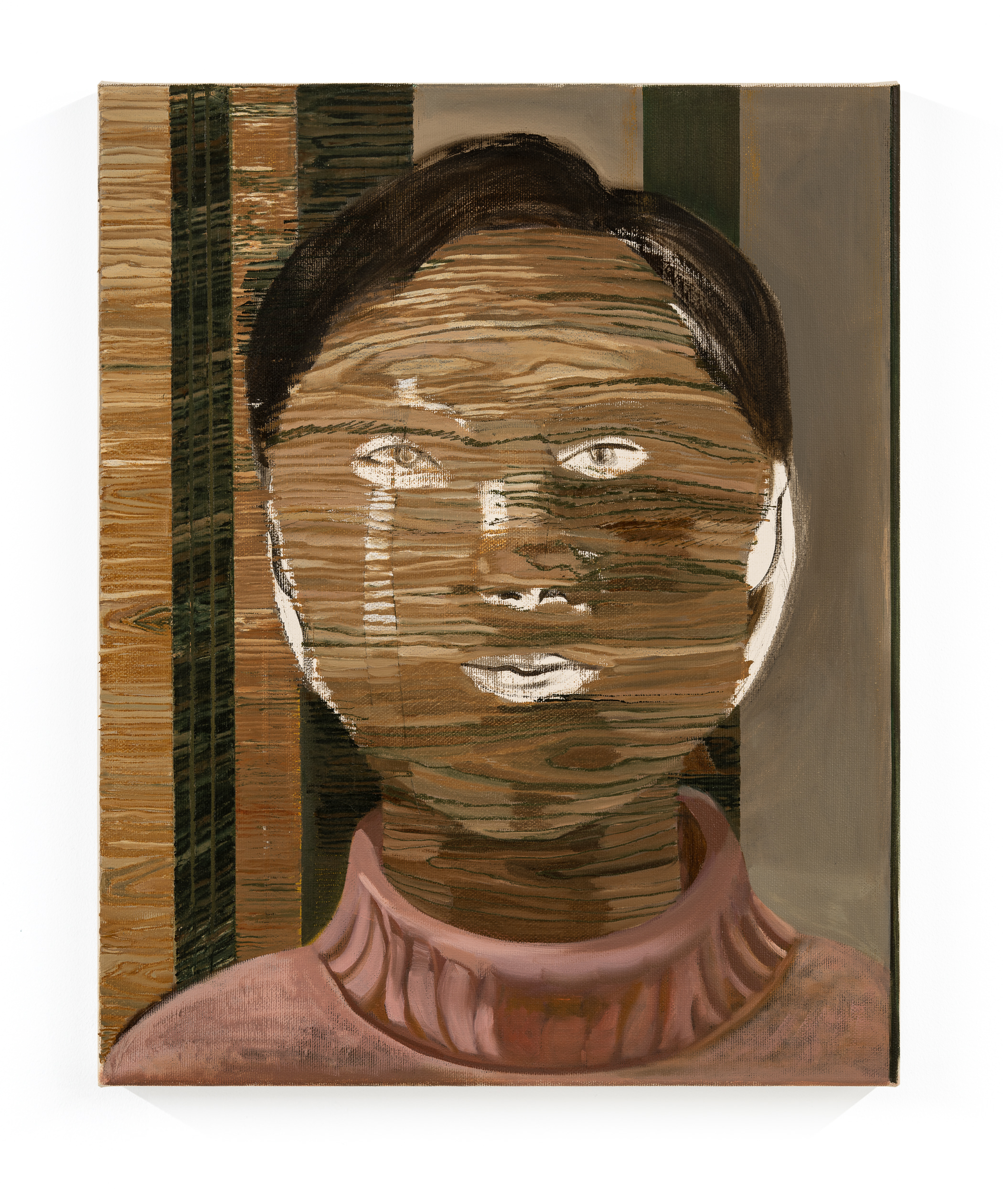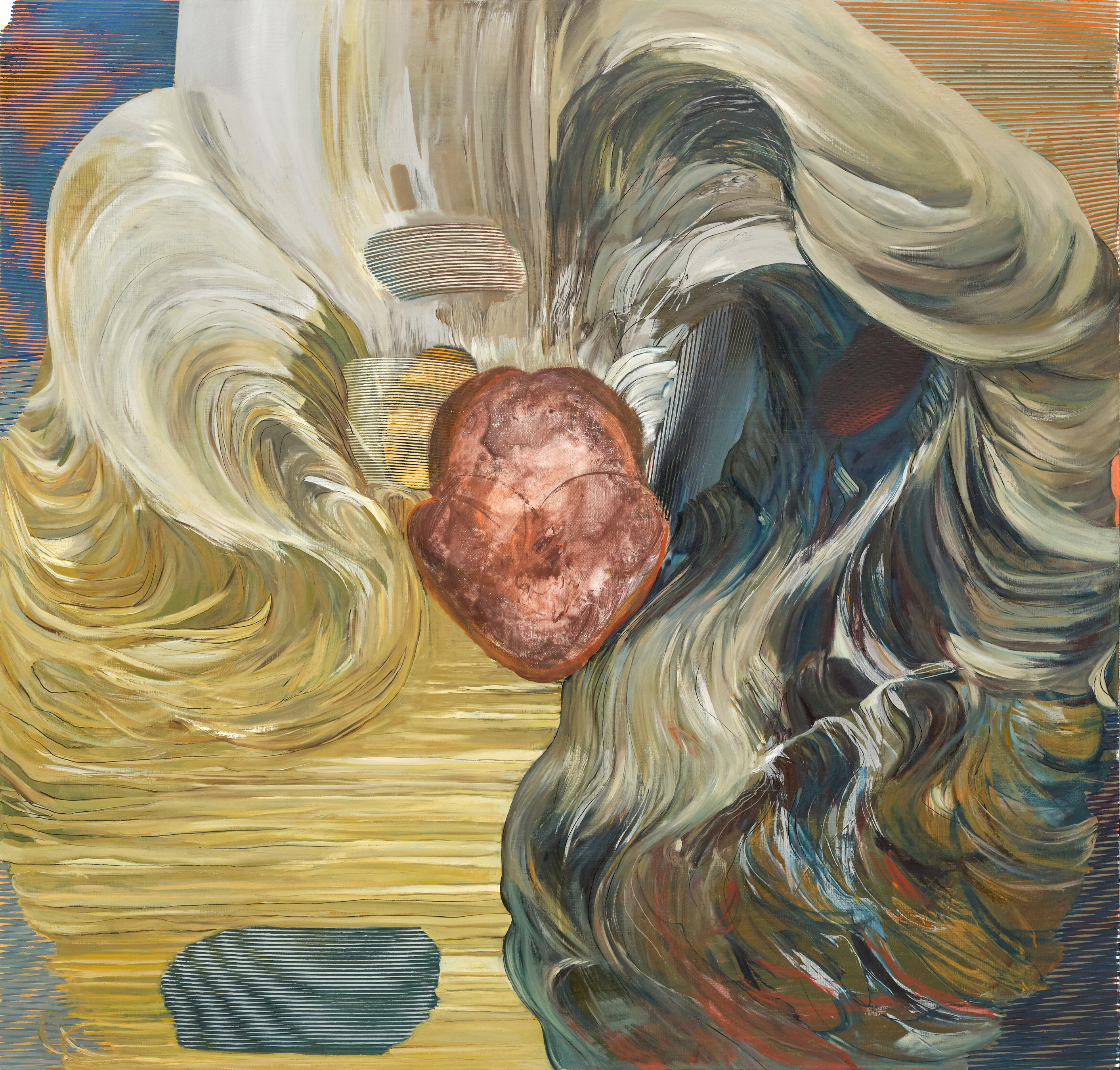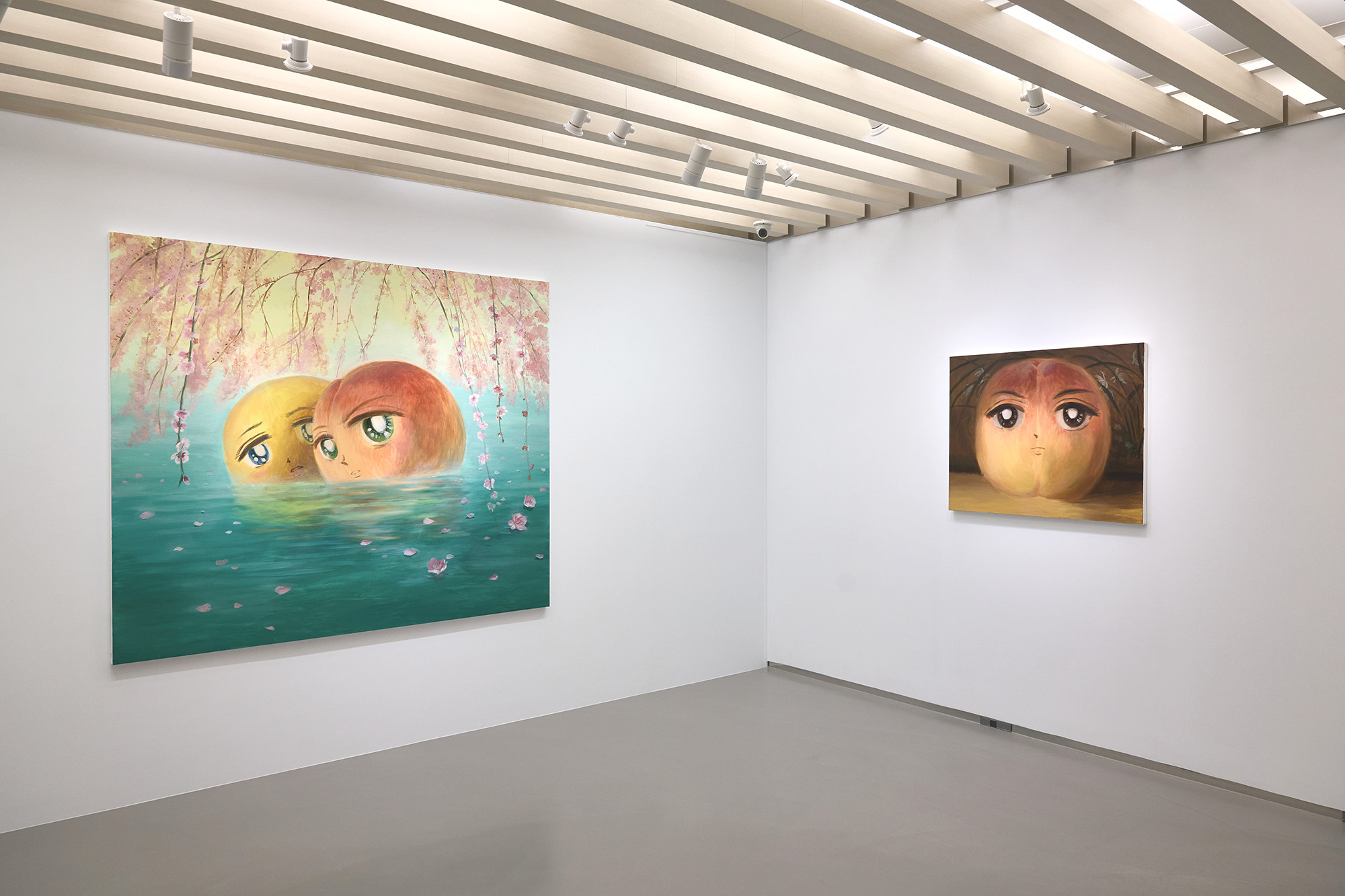Kiang Malingue and TAO ART are pleased to present the group exhibition Symbiotic Longing, featuring the works of four female artists: Brook Hsu (b. 1987), Liu Yin (b. 1984), Yang Chi-Chuan (b. 1985), and Wang Zhibo (b. 1981). They live and make art in different regions, each expressing their unique perspectives with the use of distinct materials. Their works reflect a shared empathy with nature and the raw aspects of humanity. Through the power of genuine emotion, they reveal, respond to, or resist the human condition, transforming reality to create new experiences, connections, and possibilities. The exhibition uses the idea of the symbiotic state as an imaginary thread, weaving through the intermediate space as embodied in the art practices of these artists, allowing the viewer to traverse the divides between the artificial and the natural, self and object, internal perception and external reality, moving ultimately toward a wholeness of life.
Yang Chi-Chuan’s installation Plastonki (2020) incorporates those stony-textured, handmade clay objects, redolent of childhood memories to bring about a cunning visual dialogue and resonance between coastal life forms and plastic products washed ashore, expressing a more direct, even intimate physical experience and interaction between humans and natural materials. The indoor space reminiscent of the beach landscape and a climbing wall, accompanied by the reverberating sounds of scientific discourse and allegory, serve as a persistent reminder that this is not nature, but a complex coexistence of natural and artificial remnants. Yang has also made a new work titled Twinkle, Twinkle, Little Star (2024) specifically for this group exhibition, extending her perspective to a wider, cosmic scope: just like these tiny rocks, human beings are stardust of unknown origin.
Brook Hsu’ two paintings titled A Birthday Carol (2020) and A Birthday Carol 3 (2020) are inspired by a birthday card the artist had received, on which a group of tadpoles singing on the left, while a frog conducting on the right, both illustrated in anthropomorphic style. On two carpets, Hsu uses ink and acrylic paint with permeating, soaking brushstrokes to paint parts of the image, giving the amphibians a mysterious, peculiar texture, as if suffused with a human quality once removed from their original context. Another two drawings depict human figures with the use of meticulous lines. The innocent expression in Study for Portrait of a Girl (2022), and the nude, kneeling posture in Study for Girl (2022) elicit a sense of vulnerability. At a time when women’s reproductive rights and sexual autonomy are constantly under threat, the ingenues in these works seem to interrogate the violence of the world, awaiting the viewer’s response.
Liu Yin presents new works featuring “the peaches” as protagonists with exaggerated expressions reminiscent of shojo manga. Despite the intense, straightforward emotional atmosphere, the narrative within the paintings remains obscure, beckoning the viewer to further imagine and unravel. In Hot Spring (2024), the lovers in a tender embrace under a cherry blossom tree are captured with evasive looks, while A Peach (2024) conjures a space of mutual gaze where the boundaries between internal/external and human/nonhuman relationships become blurred. In Peaches (2024), a piece featuring roses, the viewer is allowed only to see parts of the image, never the whole. Liu adopts the naturalistic, realist still life painting language of Chardin, while confronting the logic of objective representation in the peaches’ look of reverie typically found in shojo manga. These two visual systems, originally from drastically different contexts, coexist in the artist’s life experiences, allowing their potential conflict to unfold into a new possibility.
Wang Zhibo’s earlier piece Better Life (2018) depicts a visible female figure accompanied by a pair of rabbits nestling together, embodying a sense of warm affection and imagined luxury, while Slight Resistance 1 (2022) and Slight Resistance 2 (2022) employs a lavish palette, carefully composed brushwork and rigorously rendered texture, hinting at delicate faces and flowing hair evoking a mysterious space devoid of gravity and the body, permeated with dizzying unease. In Untitled (2022), wood grain blankets the skin of the subject: an unrecognizable physical form, charged with indescribable emotion, morphs into a carrier of spiritual experience. Defying simple categorization as either abstract or figurative, Wang’s exploration of painting reveals the perpetual dialectic of spirituality and materiality.
Symbiotic Longing Group Show
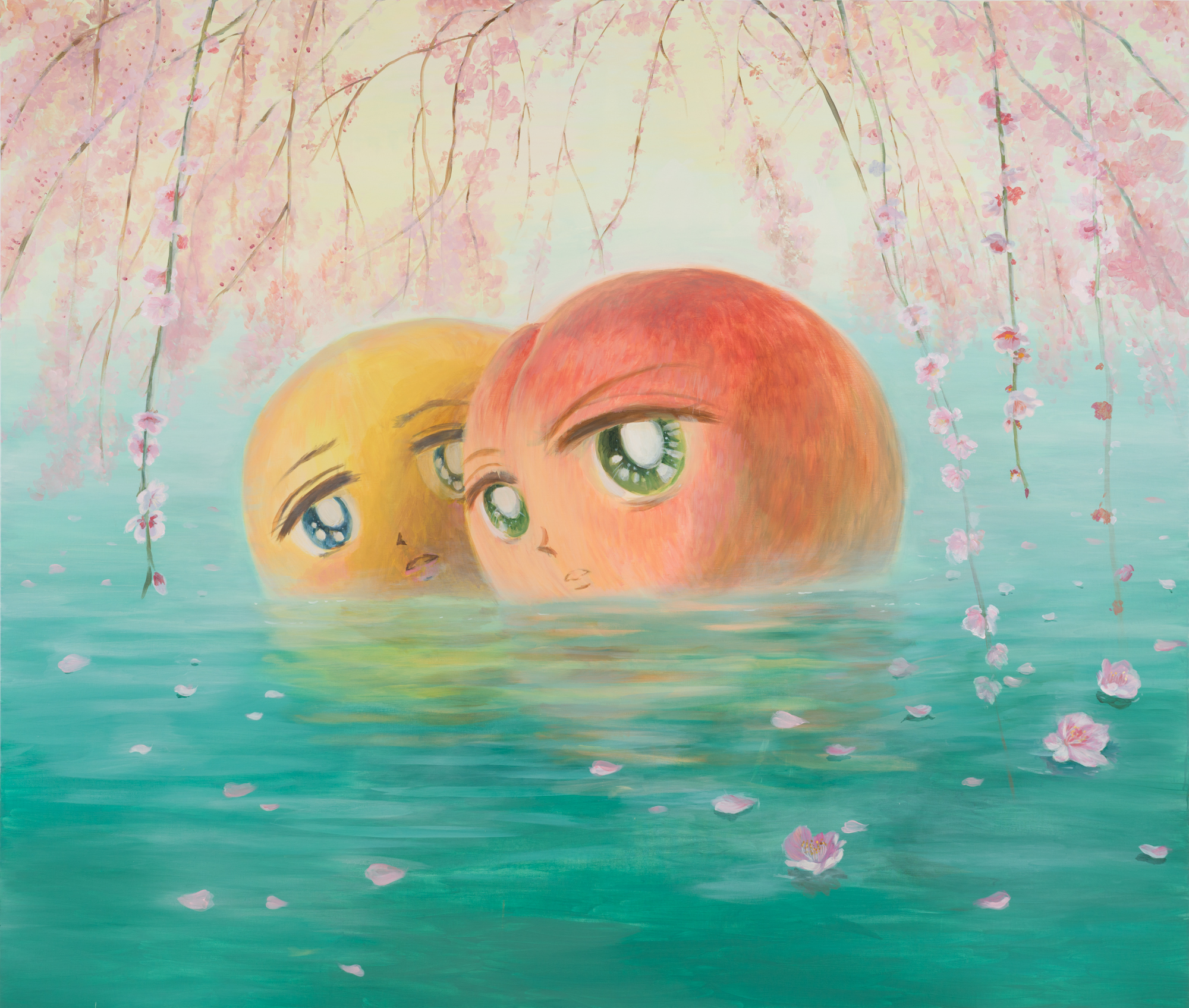
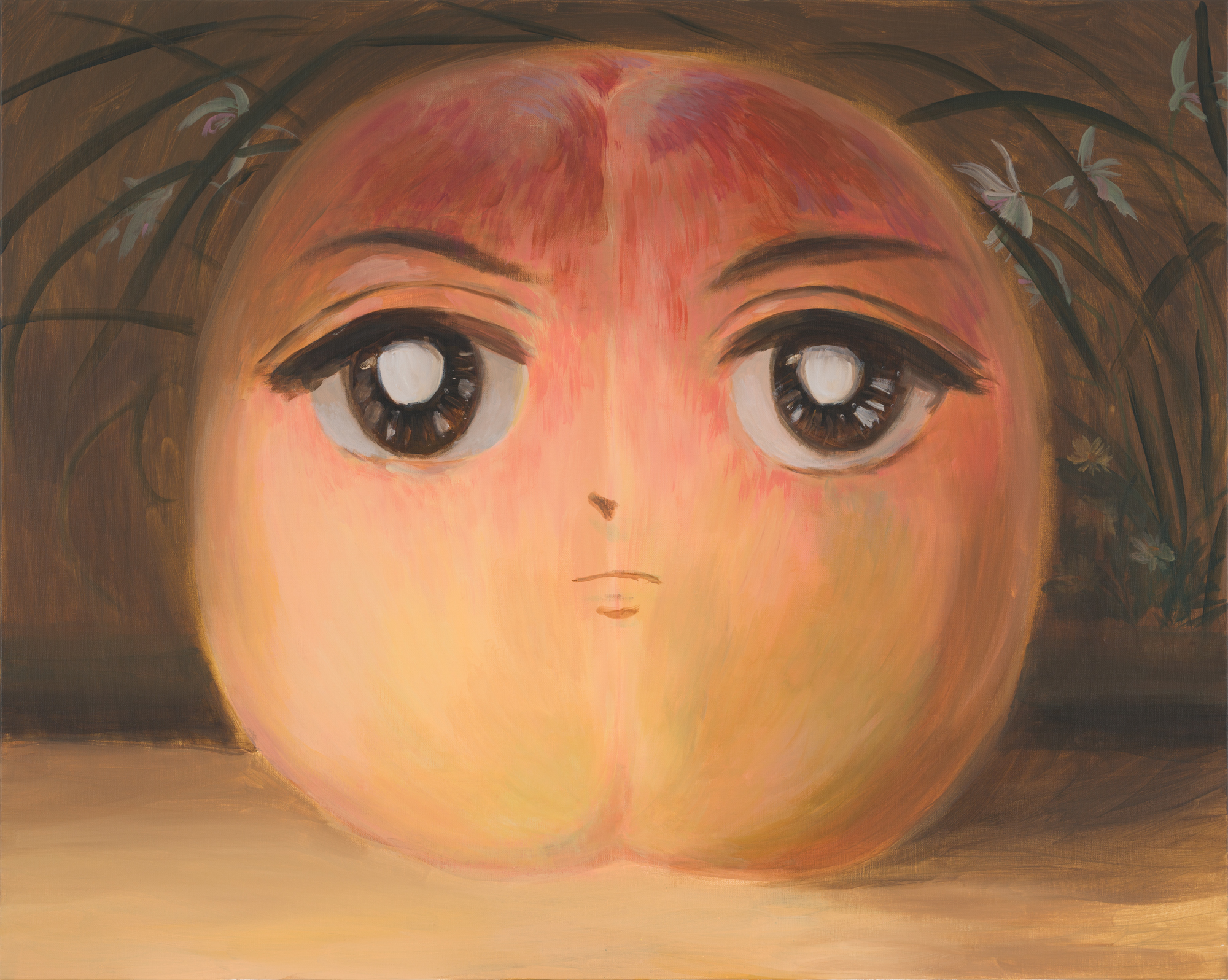
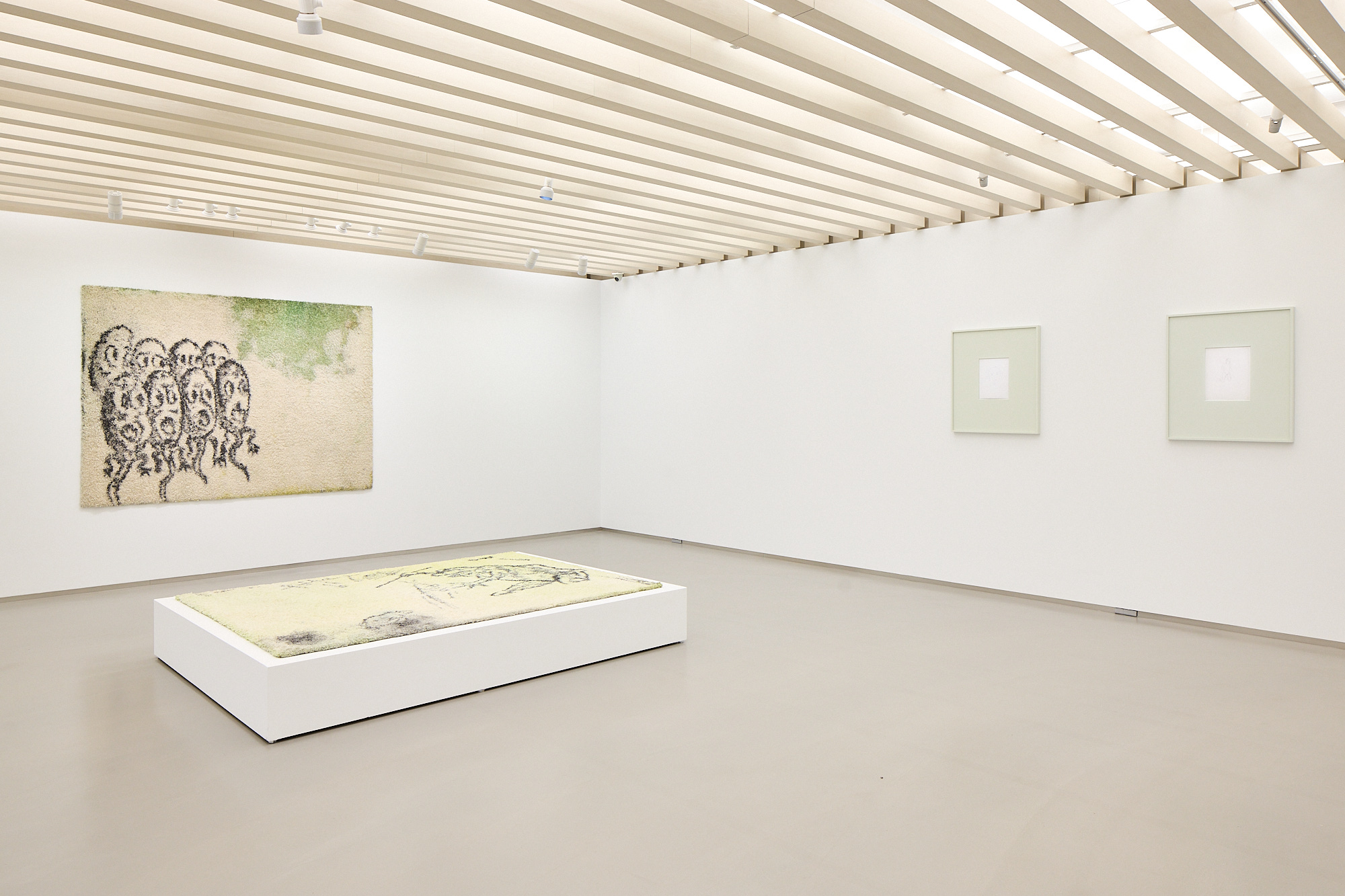
Image courtesy of TAO ART, photo by Chen You-Wei.
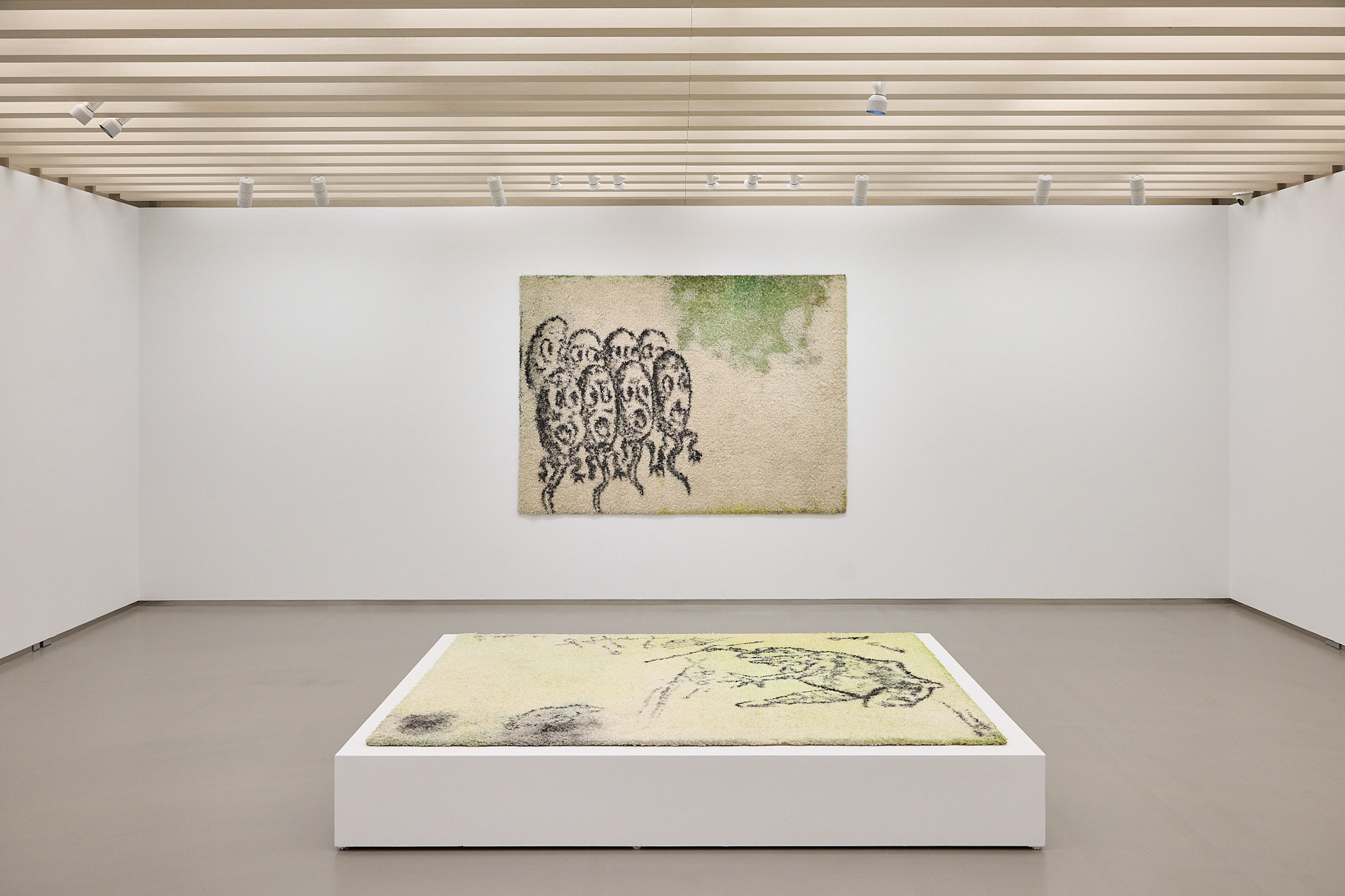
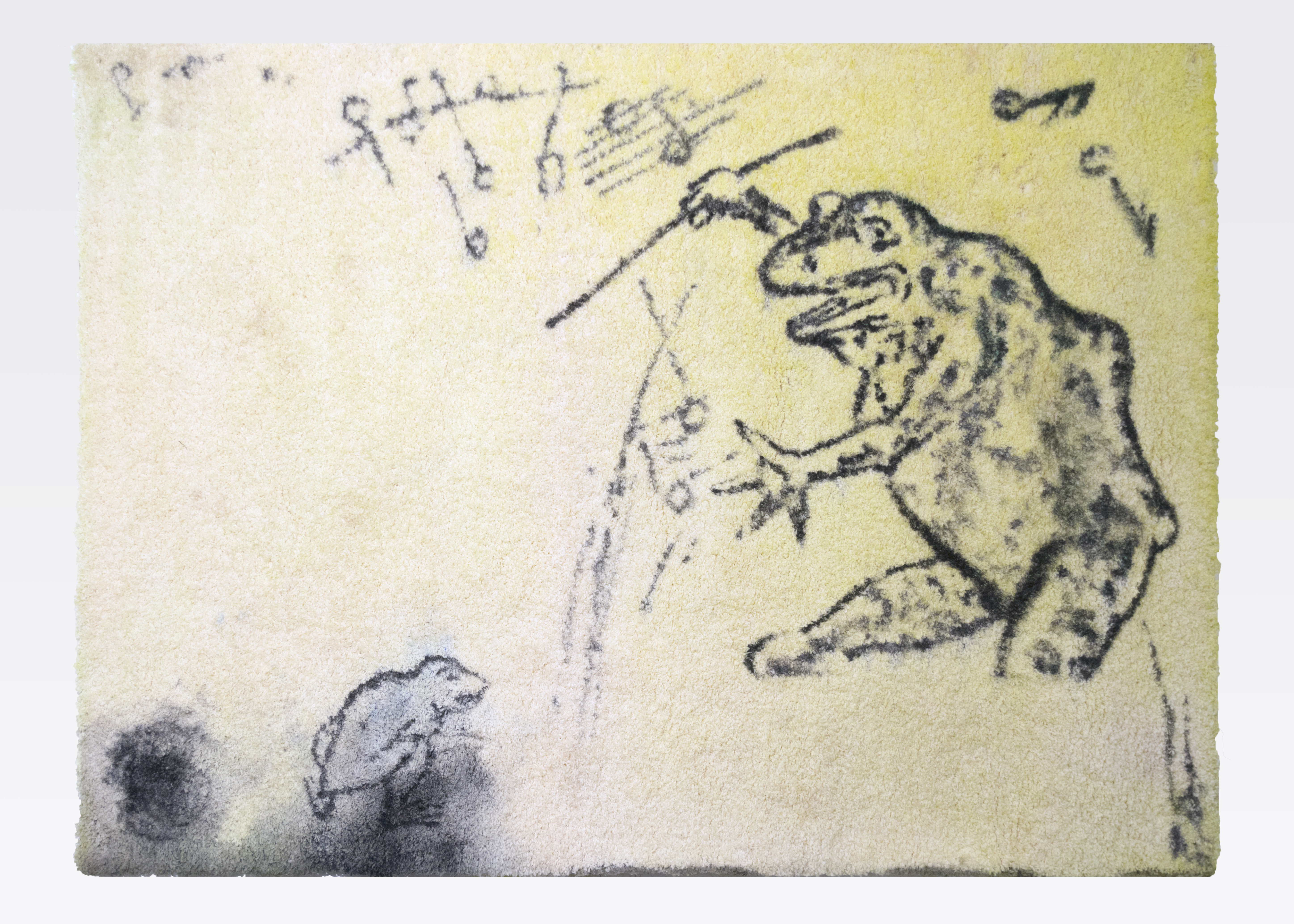
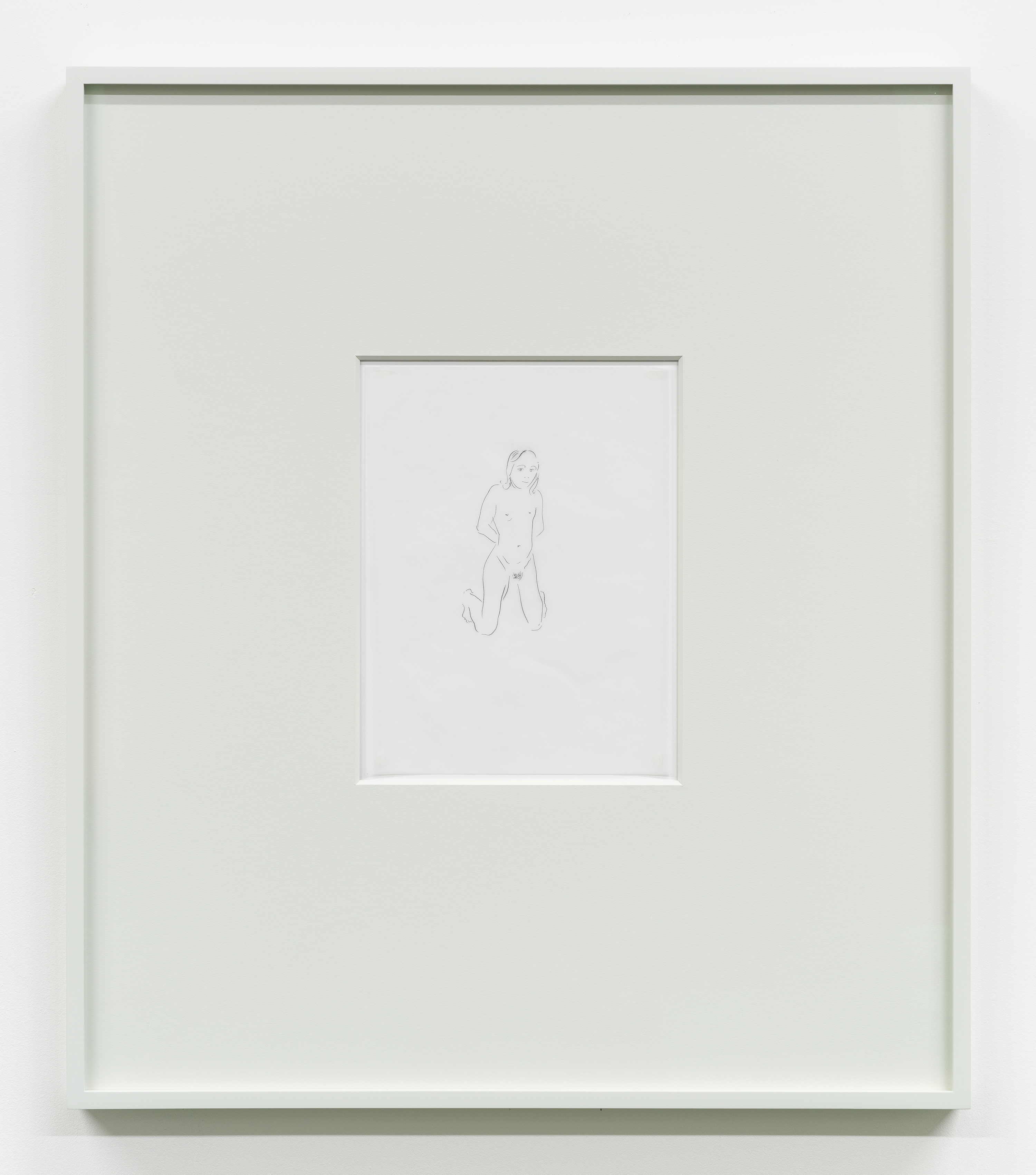
framed: 77.2 x 67 cm
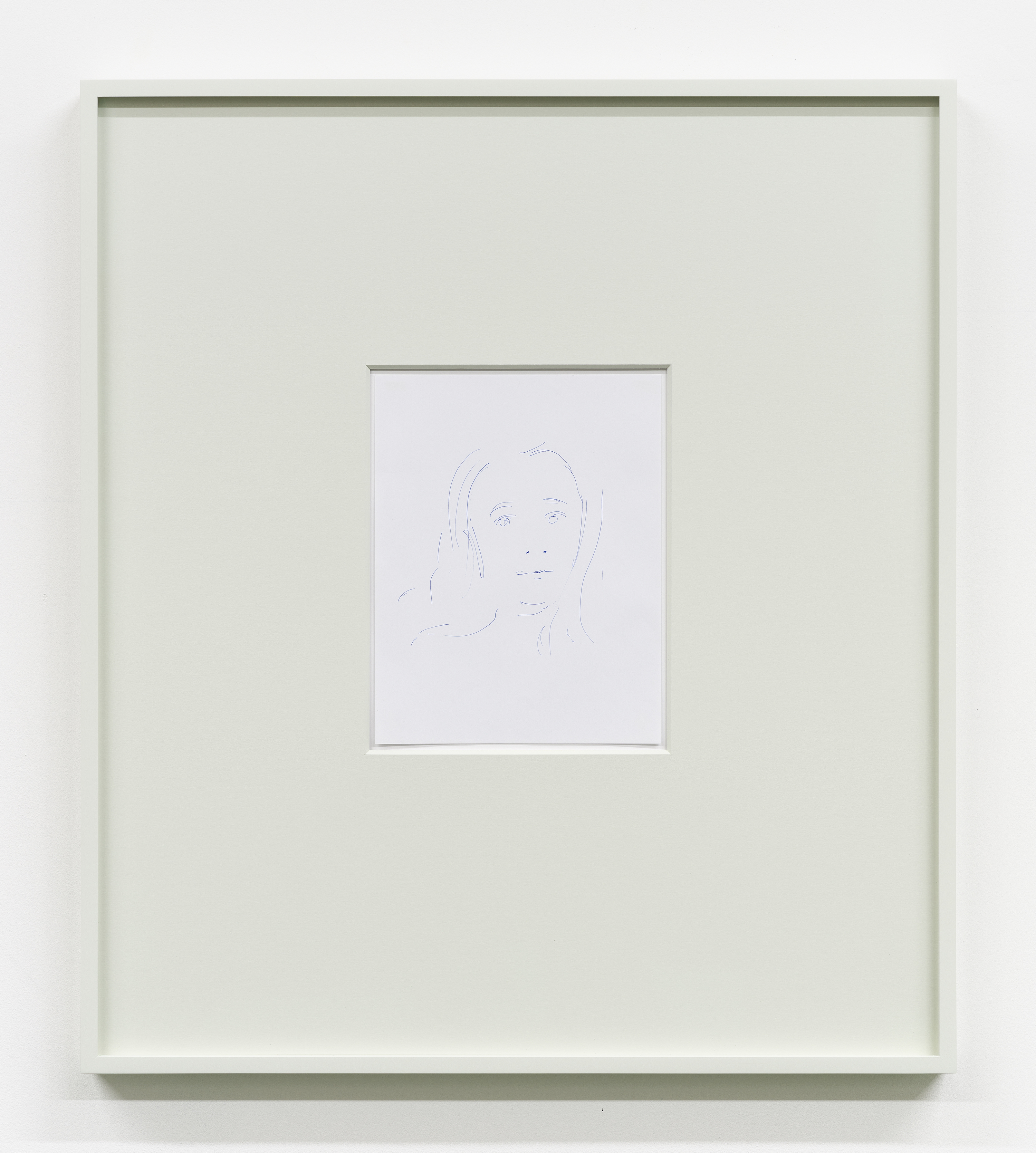
framed: 74.5 x 65.7 cm
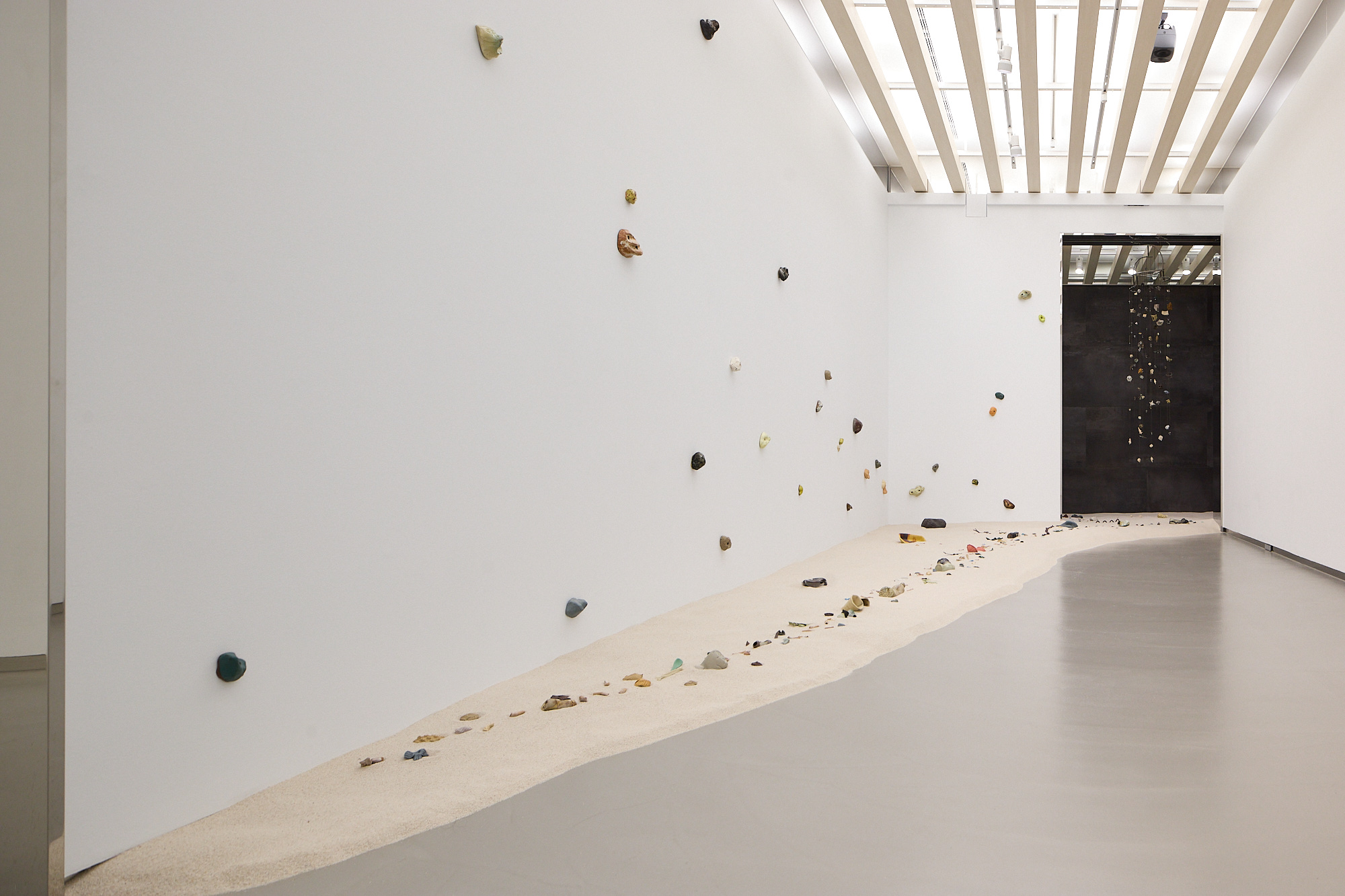
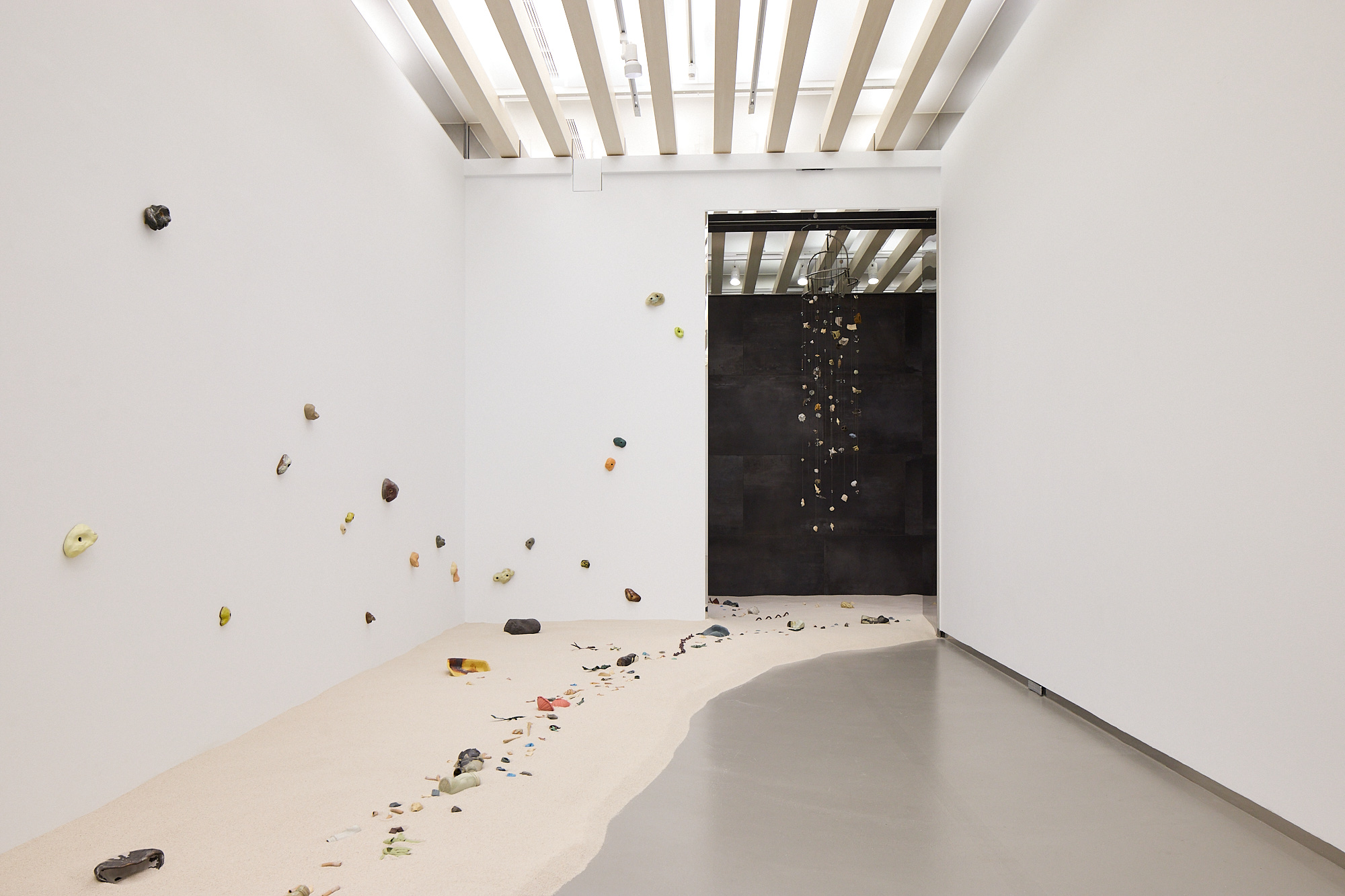
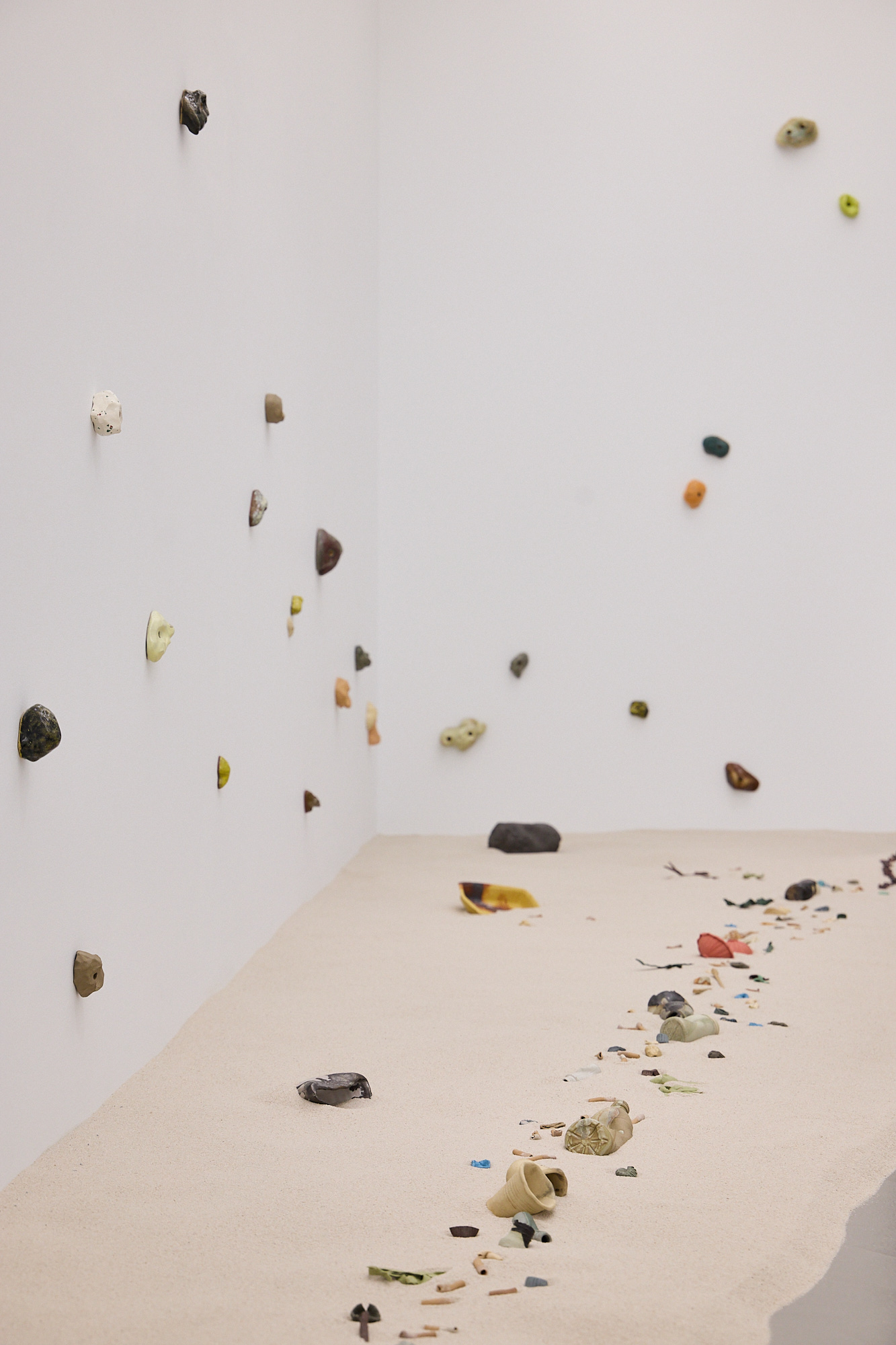
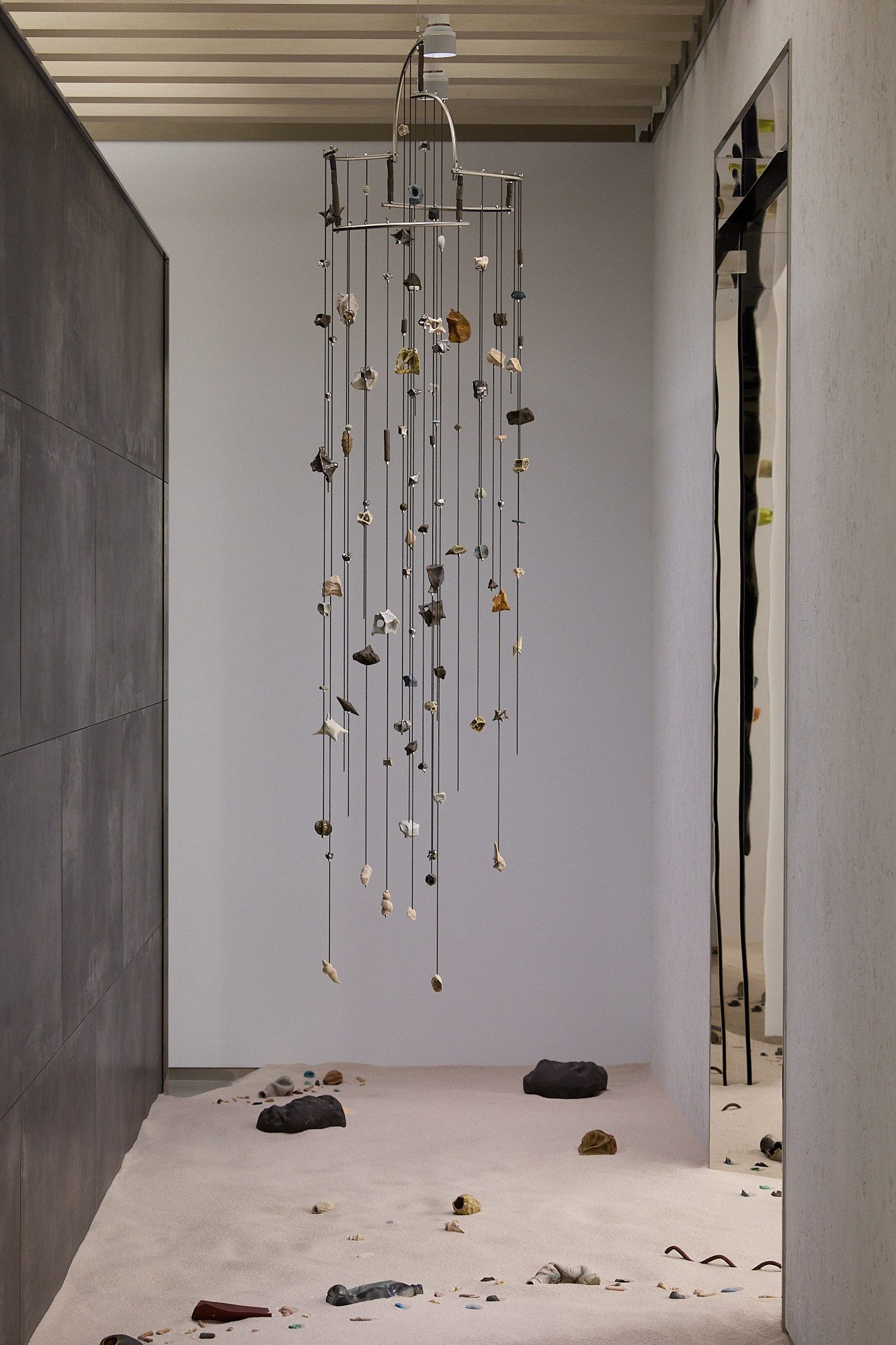
Ceramic, Color Powder, Glaze, White Gold, Stainless Steel, Chain
180 x 40 x 30 cm
Image courtesy of TAO ART, photo by Chen You-Wei.
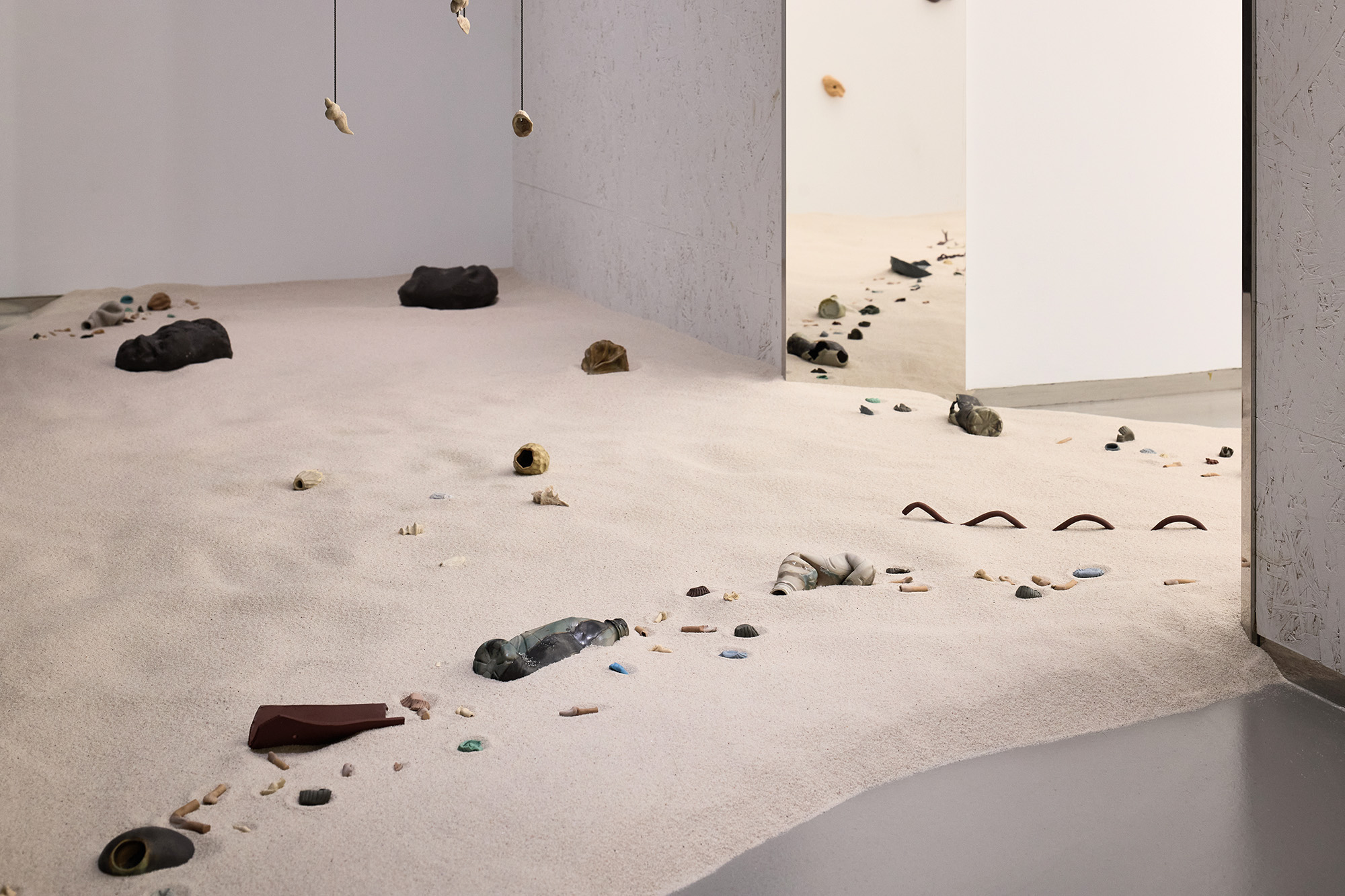
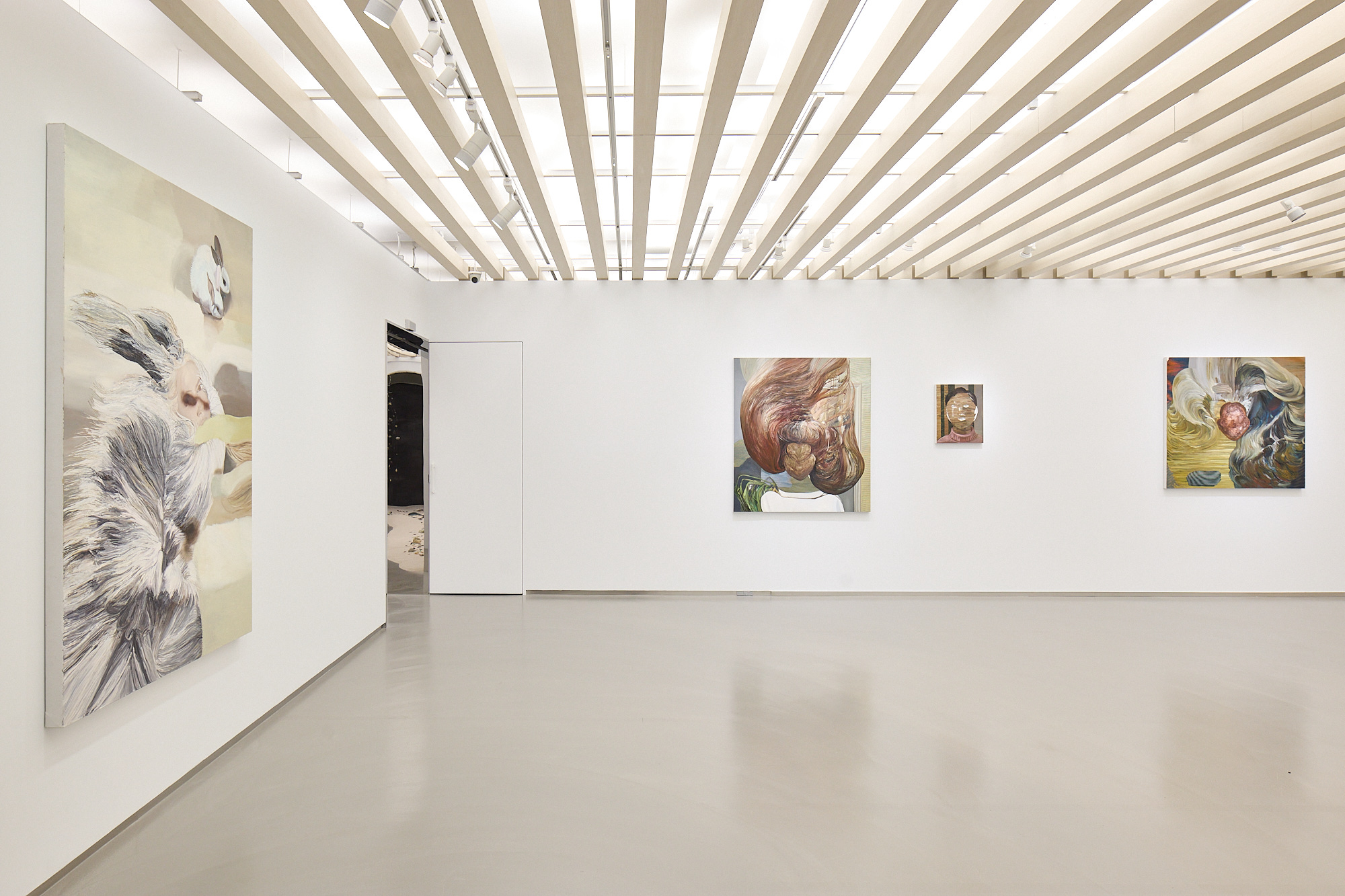
Image courtesy of TAO ART, photo by Chen You-Wei.
